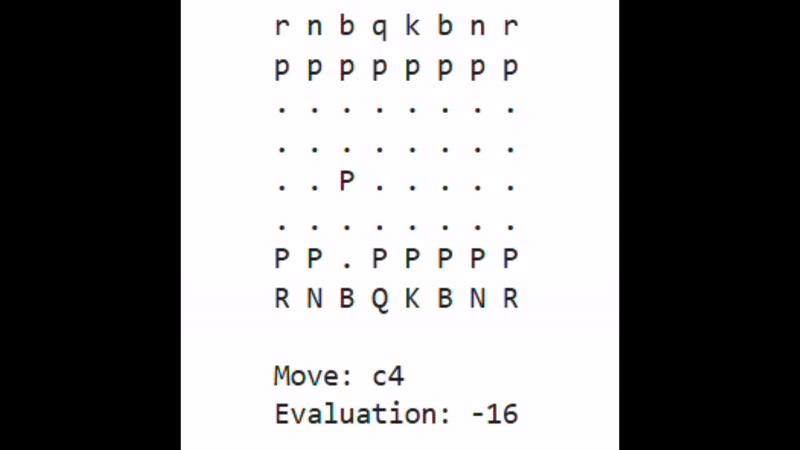3 Feature Engineering
Now that we have pre-processed the sample data set to collect basic game information, several features were engineered with the hope that at least one of them would be correlated with winning the game. For these features, I focused exclusively on the first 12 turns of the game, known as the “Opening”.
The opening phase of a chess game is more structured than the later phase, as most players will have a strategy that they take a few turns to set up. There are common opening chess principles that can be evaluated, such as castling your king or controlling the center of the board.
Using a series of custom python functions, I created 10 unique features for each game. I will highlight a few of them here, and the full list can be viewed in the data dictionary of the file “Chess_Game_Data_Final.xlsx”.
Early Queen Move
One chess principle that is instilled into new players is to avoid the temptation to move the queen in the opening. The theory states that moving the most valuable piece too early can expose it to attacks and waste time. To determine if this holds true with regard to winning the game at my skill level, I created a binary variable that relates if a player moved their queen by turn 12.
Total Center Moves at turn 12
Another chess principle is to control the center of the board. For this feature, I compared the move list of each game to a list of the 16 central squares on a chess board. If a move was in the center, it was added to the total count of center moves.
Position Evaluation at turn 12
The Evaluation feature represents the Stockfish chess engine’s evaluation of the board position at turn 12. To obtain this, the movement list for each game was provided to the engine within a loop so that it could “play the game” to determine the position at turn 12. Note that Stockfish is a separate program and had to be downloaded prior to analysis.
